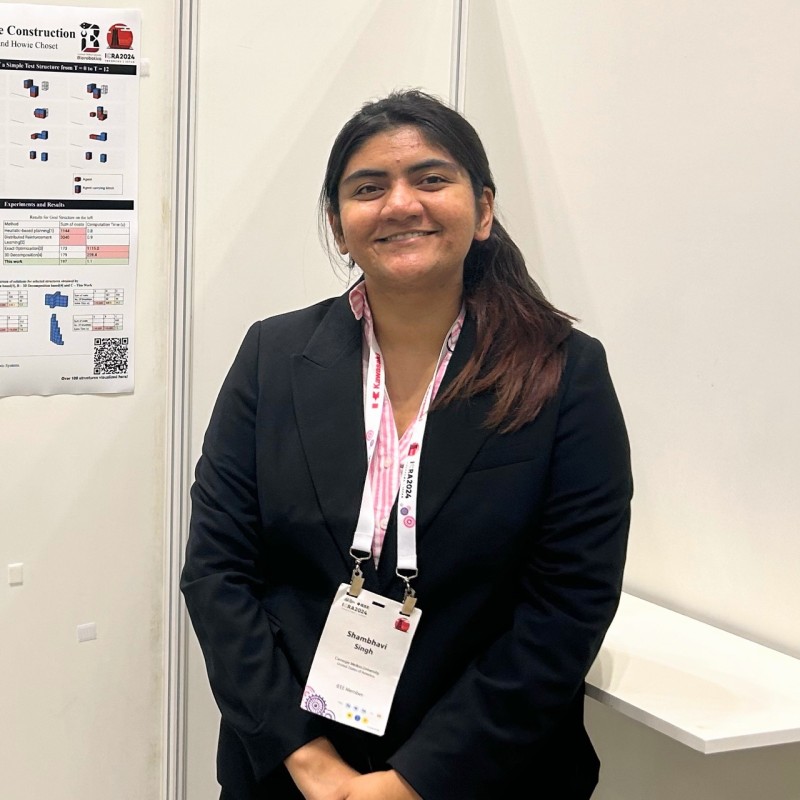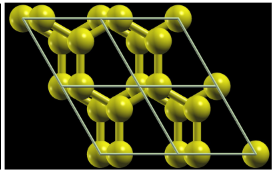Shambhavi Singh | शाम्भवी सिंहHello! I'm a first year Ph.D. student advised by Prof. Christoforos Mavrogiannis at the Fluent Robotics Lab, part of the Michigan Robotics Department, at the University of Michigan, Ann Arbor. I have a Masters of Science in Physics and a Bachelors of Engineering in Electrical and Electronics from BITS Pilani, where I spent my final year as an undergraduate researcher advised by Prof. Howie Choset at the Robotics Institute, at Carnegie Mellon University, building computationally efficient planners for Multi Agent Collective Construction, using problem decomposition and hierarchical planning. Email / Github / Google Scholar / Linkedin / CV |

|
Research
|
Other ProjectsThese include coursework, side projects and unpublished research work. |

|
Latent Space Optimization for Modular Robot DesignResearch Project - Carnegie Mellon University 2023 Designing a VAE to structurally encode robot designs (in known environments) such that we can use Bayesian Optimization to converge on well performing robot designs for unseen environments. |

|
Development and control of 3RPS Parallel Manipulator SystemMechanical Dept Research Project - BITS Pilani 2021 code / Research Project with Dr. Ashwin KP at BITS Pilani, Goa. Modeled the dynamics and control of a 3RPS Parallel Manipulator platform. Developed the robot with three linear actuators and an acrylic base. |

|
A Survey on Efficiency of Multi-Swarm SystemsEmbedded System Design Course Project - BITS Pilani 2020 paper / For a course project on Embedded Systems Design, we review algorithms used in Multi-Swarm Systems, with a focus on Particle Swarm Optimization techniques. In particular, we present a detailed analysis of algorithms for task allocation, communication and grouping for multi-swarm systems. |

|
Density Function Theory Experiments for materials in Semiconductor DevicesPhysics Dept Research Project - BITS Pilani 2019 code / report / Simulating and visualizing properties of Metals (Al, Cu, Ni, Fe and Ag) and Single and Bi-layer Graphene, implemented in Fortran. |
|
Design and source code from Jon Barron's website |